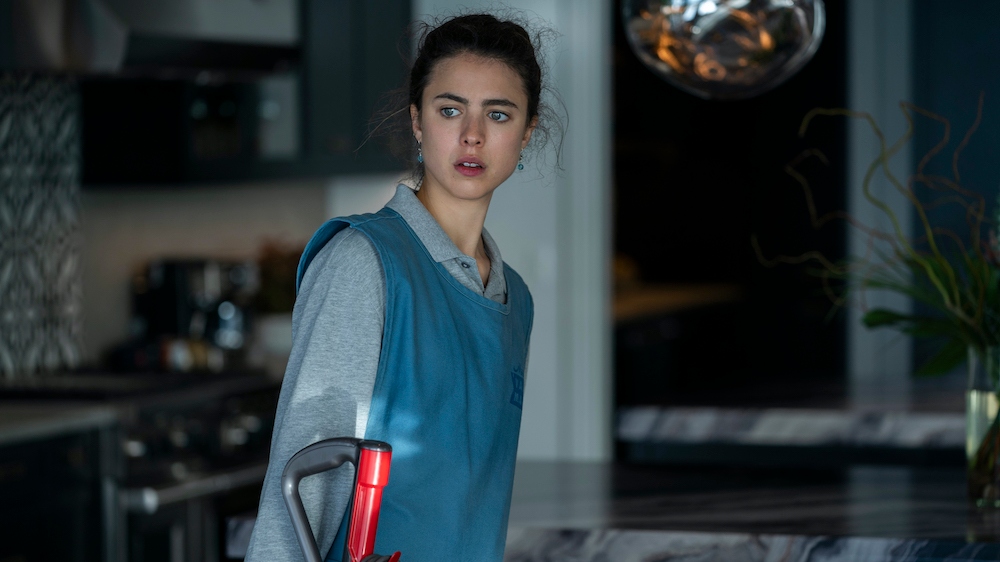
Este Haim, best known as one-third of the Grammy Award-nominated musical sisterhood HAIM, had never imagined what writing a soundtrack would entail. Never one to set creative boundaries, Haim put it out to the universe that she wanted to try her hand at composing, and her desire manifested with the opportunity to compose the original music for Netflix‘s acclaimed limited series Maid.
Sure, Haim could write catchy pop tunes, but composing to set the scene was unfamiliar territory that required flexing different musical muscles. That’s when she enlisted the help of Chris Stracey, the multi-hyphenated record producer, songwriter, and instrumentalist, who already had the composing creds, most recently making his scoring debut for War Pony with Mato Wayuhi for co-directors Riley Keough and Gina Gammell (his wife) and their production company Felix Culpa. Haim sought out Stracey’s technical know-how at a musical blind date, which gave her the confidence needed to give a definitive “yes” when offered the job during the pandemic by Maid creator Molly Smith Metzler.
Australian-born Stracey, known to those who know him as “Stray,” also comes from the band mentality, as one-half of Australian synth-pop/dance music group Bag Raiders. It was there that he first started to experiment with manipulating everyday sounds to convey certain emotions. Like Haim, composing music for television and film was right there in his wheelhouse; he just needed the opportunity.
The Haim/Stracey collaboration proved successful with Haim playing most of the instruments and Stracey handling the production and the synth-based sounds. They’ve done it again since with the score for Cha Cha Real Smooth, which premiered at the 2022 Sundance Film Festival.
Below the Line spoke with Chris Stracey via Zoom from the Cannes Film Festival, still giddy from the War Pony screening that featured his debut film score. Este Haim, currently on tour with HAIM, zoomed in on a prior morning from her hotel room in Nashville. They discussed exchanging music riffs and ideas in the recording studio to create the soundtrack for Maid. Haim spoke about how the story of Alex (Margaret Qualley), a single mother who turns to cleaning houses after escaping an abusive relationship, struck a personal chord with her while composing music for some of the show’s more emotional scenes. Meanwhile, Stracey discussed the inspiration behind selected cues and explained some of the musical hacks he created with organic and electronic instruments.
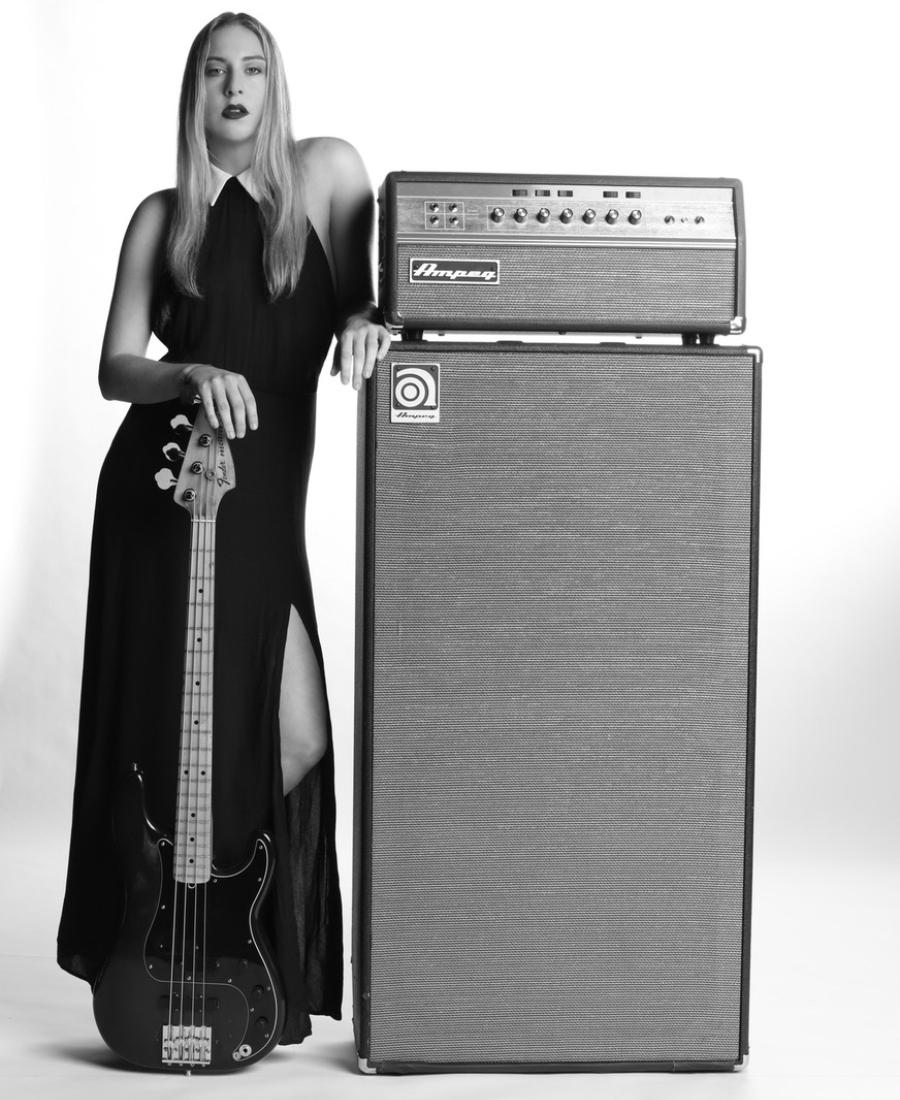
Below the Line: When did you discover you were interested in composing music for television?
Este Haim: In my band, Haim, the first producer who we ever worked with where we actually put out the music, was Ludwig Göransson. He was working on a TV show, Community, and my sisters and I would come in late at night when he had time to work with us. I would see him composing every time I was in the studio and I found it really fascinating. Ludwig was so cool and he played everything. I just thought he truly was like a one-man band. Did I ever think it was something that I was truly capable of doing? That’s a different story. I thought if I got the opportunity to be able to compose something for TV or film, I would jump at the chance but it wasn’t something I was actively pursuing, mostly because I’m in a band with my sisters and that was my focus.
BTL: What changed for you to go for it?
Haim: Things changed over the pandemic and the opportunity presented itself in a really organic way. I had all this time on my hands. I’d just put out a record that I couldn’t tour and was really sad about it. I didn’t know how I would survive, especially [since] performing live is the only thing that gives me pure joy. I had this thirst for a creative outlet and maybe I put it into the universe to give me the opportunity and I guess I manifested it. I said “yes” to everything. You want to take an online ceramics class? Sure, I’m doing it. Join a knitting circle through Zoom? Doing it.
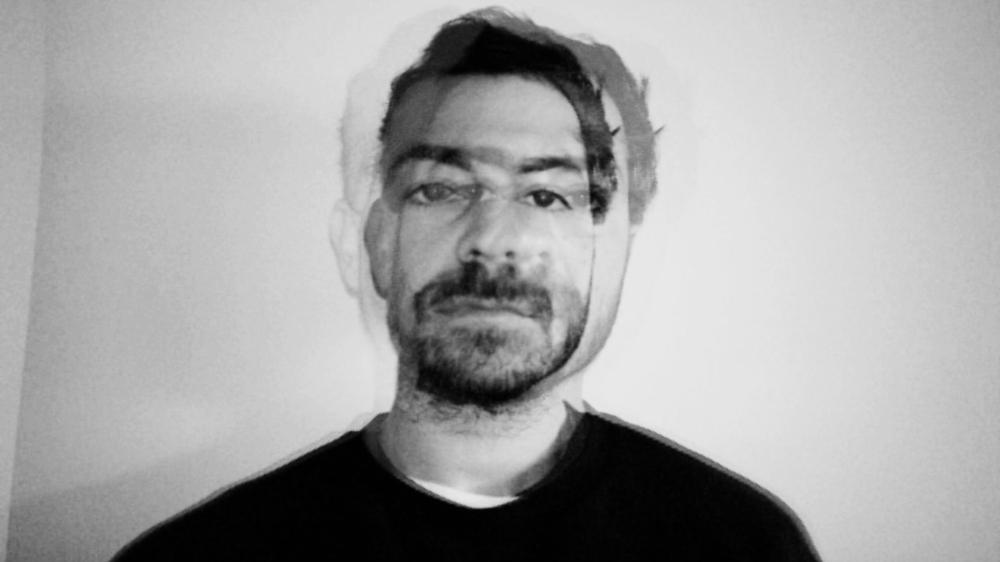
BTL: How did working with Chris Stracey come about?
Haim: I have a friend who is a producer and he reached out to help with the music on Maid. I leapt at the chance, but I also knew that I wasn’t going to be able to do it without a partner. I play everything and I’m a songwriter and melody and lyrics and all of that is my bread and butter. The production and engineering of music is not my forte at all. Chris and I have a brilliant mutual friend, Tobias Jesso, Jr. who has written songs for Adele and in my mind, I could do this with Tobias. But he said you know the person you should really be talking to is my friend Chris. I met Stray, he goes by Stray, at kind of like a songwriting session. It was like a blind date.
BTL: How did you translate your pop rock sensibilities into scoring?
Haim: Just because I’ve been writing songs my entire life doesn’t mean that I would be a good composer. They are two very different things. I’m self-aware enough to know that I was coming into this with a passion for it but it was a gamble. I’ve been obsessed with TV and film music [for] the majority of my life and have always paid attention to that. The collaboration between [composer] Jonny Greenwood and [director] Paul Thomas Anderson for Licorice Pizza is always something that I admired. I also looked [at] the way Jonny composes for TV and film but is also in a band. I looked to the way that he could do both as a blueprint. If I have an ounce in my pinky of the talent that he has I’ll be truly happy.
Chris Stracey: I’ve been writing and producing records for a while. Both of us come from that space as opposed to the traditional composer space. I grew up playing violin and I’d been through the classical hoo-ha so I had an understanding of music beyond pop music. It was like two musical artists in bands coming together to write music to picture. It’s so different. When you’re writing a song everything has to hit super hard and make sure that you’re getting to the chorus and make sure that it’s hooky enough. But with score work, it’s almost the opposite. You got to know when to be noticeable and when to sit in the background.
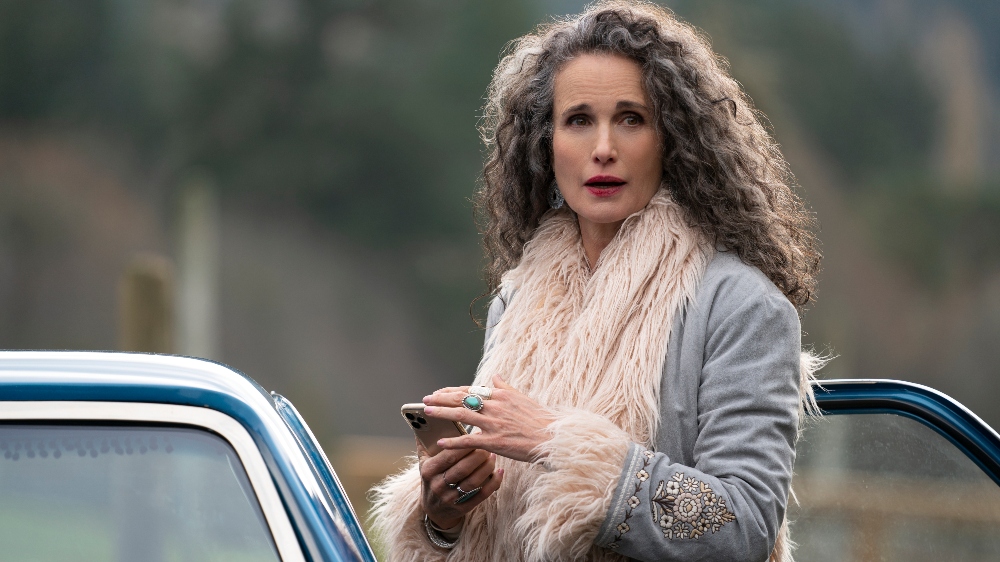
BTL: How did you connect with one another during that first meeting?
Haim: I think because Stray and I had done a multitude of meets, we just jumped into it to see what would happen. Let’s throw spaghetti at the wall and see if the vibe is there. The good news is Stray is one of the sweetest, kindest, funniest, talented people that I’ve ever met and so into collaborating.
Stracey: Having her come around to the studio was awesome. She’s obviously a very accomplished musician and songwriter and it was interesting for us to jam on ideas. Between the two of us, we almost had every instrument covered. I’d play guitar and some string stuff and keyboards and synths. We just got together and jammed it out. It was cool.
BTL: How did the two of you sort of riff off of one another?
Haim: The way that Stray and I worked together was slightly frenetic. We would watch the cue and then one of us would have an idea of a melody or a vibe and then we would either jump on the piano or the drums. I write on guitar and piano and so does Stray but I also love starting with a drum beat. I would sing melodies. A lot of stuff we would do gave us the feeling of an artist and we would do something that evoked that. This cue could be cool with a cello and sound like Arthur Russell. We cultivated our own kind of musical language making Maid.
BTL: How did the music convey the tone of the scene?
Haim: We knew that we didn’t want it to be all like dreary piano music because the subject matter is already so dark. I knew the story and that it was probably counterproductive to add any heaviness with the music. We tried to keep it light with tinges of sadness and longing. There are still elements of pain and despair but wanted to keep it to a minimum and finding that balance was difficult. As a composer and a songwriter, you have to be able to extricate yourself from that.
Stracey: In the cue “Driving To Ferry” there’s one sound that comes up a lot in Alex’s theme. There’s a lot of guitar where we sort of imagined the music she might listen to. We’d been given a playlist from the producers of what they’d been loving, and also what Margaret had been listening to, and kind of soaked that into our heads for the Alex character. What came out was baritone guitar and softer paintbrush played acoustic guitars. But there’s one sound that’s a synth sound that has that driving motion to it and that’s her stress and anxiety but she’s moving forward and determined. That comes up any time she’s on the run. There are these extra little whaling sounds, bending notes that come in and out of tune and they get a little bit under your skin.

BTL: Could you relate to the subject matter where the character Alex is abused by her husband (Nick Robinson)?
Haim: As a woman who has experienced nothing close to what Alex had experienced, but elements of abuse in a relationship with certain men in my past. A lot of it was really triggering and to be able to separate myself from the task at hand was something that I had to actively work on every time we were in the studio. It was cathartic and forced me to look at some things that I had maybe buried away as a form of survival. My therapist sent me a hefty bill throughout this experience. [laughs]
BTL: What were some of the instruments that you used to convey the emotions of the scene?
Haim: Stray and I have a tendency to go really deep into the world music realm, especially Indian music. Even on the first cue, you can hear tabla. Radiohead does that really well and I’m a big fan. A lot of it was acoustic guitar and Stray has an abundance of ’70s synths and weird, random instruments that he uses. He has an Australian guitar that was really tiny. I played bass on everything and all the live drums. Stray took the reins when it came to acoustic guitar and electric guitar which we used in the first couple of episodes and manipulated feedback. Being in a studio is like [being] surrounded by beakers as a scientist. You’re in a room where the possibilities are endless. Stray is such an incredible producer. It was hard to pick between the 10 amazing sounds that he was coming up with. Then it becomes like Sophie’s Choice. We could’ve tinkered around for days and days and days. It revealed itself quite quickly once we put the compositions to picture.
Stracey: I have this one synthesizer like a fretless keyboard-like instrument like a cello or a violin or an upright bass, which don’t have frets. You can see what would be the piano notes but there’s no way to exactly hit on the note and it’s one of my favorite things. I use it for everything. It’s capable of almost any sound and [you can] use it to control samples. There’s an expressive element and it’s basically like pushing into a wetsuit. You can push ever so slightly and the volume will come up from nothing. Before the note is fully formed there are tiny hints at the cloud of a note, and [if] you put those through reverb and amplify them you get this textural sound. It’s great for atmospheric cues.
BTL: What were some of the weird sounds that you tinkered with?
Haim: We used a paintbrush on an acoustic guitar in the scene where she first gets to the shelter. You start passing these women with black and blue marks on their bodies and it’s so intense and we didn’t want the score to add to the harshness of that scene so we pulled it back. We were playing it with a pick and it sounded too harsh and intense. We wanted it to sound more soft and vulnerable.
Stracey: There’s a real tenderness to the cue “Shelter.” We wanted to make it really soft but also present. What we ended up doing was I got a paintbrush out of my drawer that I use to clean my synths and we played the guitar with the paintbrush instead of a pick. It’s like a brushing sound of these chords and we close mic’d it. We had to crank the mic because it’s obviously not loud when you’re lightly touching a guitar string so there’s noise in it just from the room and you’ve got these brushy guitar chords. All the tiny little nuances and sounds become more vivid and amplified. Those feelings of being quite raw and having that sound of being super close and super personal. The beautiful tender sounding melody is played by a Chirango.
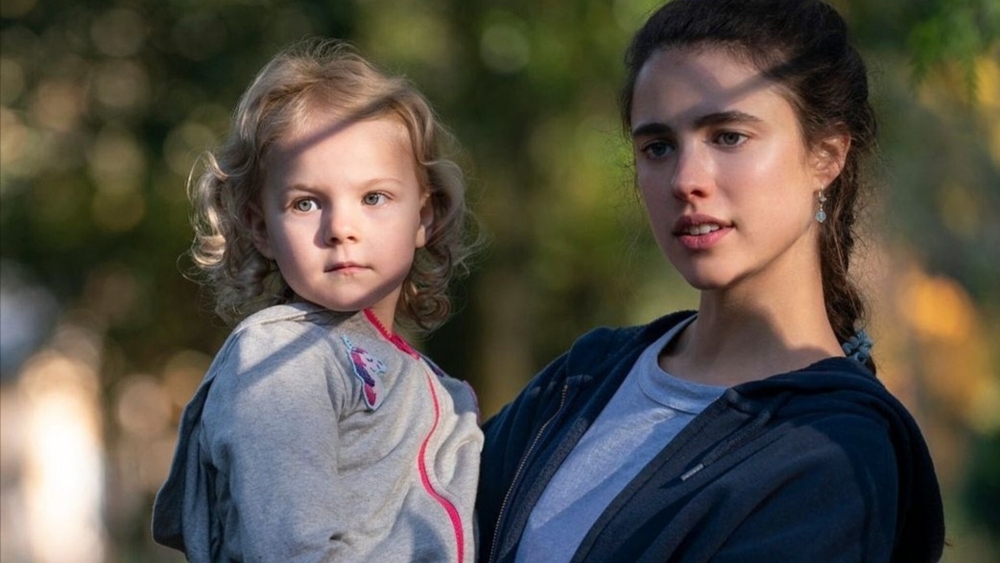
BTL: Were there other happy accidents?
Haim: Stray had muted these piano strings on the piano the day before in a session he was doing. I saw the courtroom scene and I had an idea so I ran to the piano and was like, “what the f**k is wrong with the keys?!” But I also loved what it was doing and it worked almost like a clock because the scene feels like a ticking time bomb and her life is about to implode.
Stracey: I’d been using a baby grand Steinway piano and I got duct tape which is sacrilege and put it across the strings. You get the note but it’s super short and percussive. If you have the pedal held down on the piano, you have the string being muted by the tape and resonates just that tiny sound. It’s almost like reverb and it’s a sound that I was just falling in love with. It’s atonal and a-rhythmic and gets under your skin. You wouldn’t tell that’s a piano that has sticky tape all over it.
BTL: Have you always created musical hacks?
Stracey: From the beginning when I first got into music, it was music production. The school that I went to had a room that nobody ever used that had a computer with pro tools on it. My friends from Bag Raiders in Australia were the only people that ever used that room. He showed me how to use a microphone and record a sound and we would just do things like throw the chair into the corner and mic it. Then we would chop the audio files up and use those for drum beats because we didn’t have drums. This is the late ’90s and so we would use whatever we could to make the sounds. I’ve always loved sampling like that. It’s always been in my musical DNA to get one sound and turn it into a different sound or find a different way of playing an instrument to make it sound different. Or sometimes it might be because I can’t play every instrument so I can get something cool out of it.
BTL: Is composing for film and television something you would do again?
Stracey: It’s been such an eye-opener and such a fun thing to do as well. It gives me a real outlet for creativity that is so different from songwriting and record producing. It’s more personal because there’s so much experimentation where sometimes the experiment is the cue. There are moments where you have to lay back and help the scene along without the audience knowing. It’s like you’re shepherding them into feeling a certain way. It’s something that I always wanted to do but I never thought I knew how to get into it. I love it.
Haim: I’m composing music with my friend and collaborator Amanda for a film, Do Revenge, [which is] coming out on Netflix. It’s Jen Kaytin Robinson’s new movie and she’s a close friend of mine [so] I leaped at the chance to compose something for her. Our schedules haven’t lined up in the span of our friendship and finally, they did. I wrote that while on tour, which was a lot of fun. I would like to think that I could do it all. I want to keep doing this forever.
Maid is now streaming on Netflix.
https://www.youtube.com/watch?v=tGtaHcqsSE8





